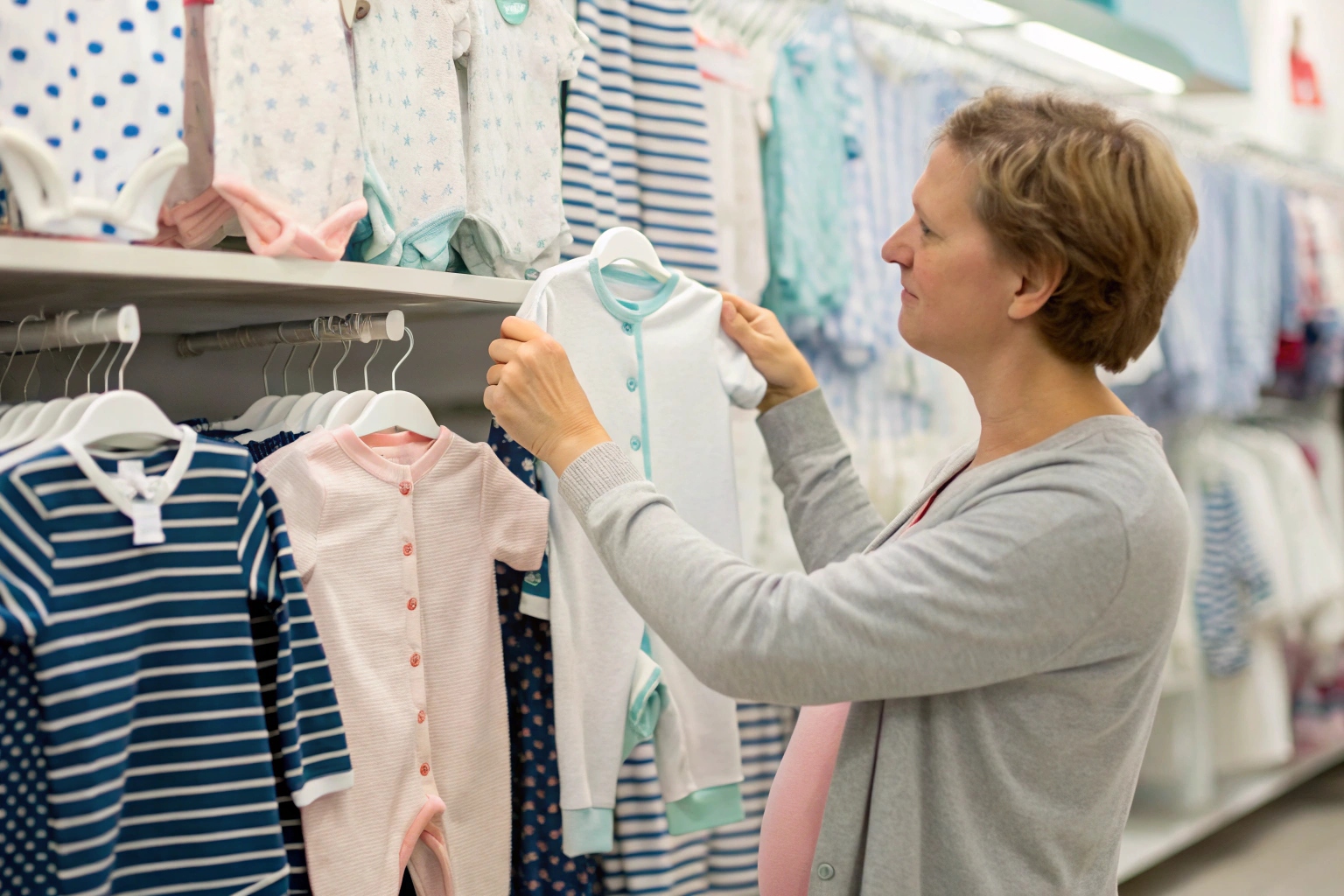Fast fashion thrives on speed and low prices—but when it comes to dressing babies, that model starts to break down.
Fast fashion doesn’t work in the babywear market because parents prioritize durability, safety, and sustainability over fleeting trends and cheap materials.
Here’s why the most successful baby clothing brands focus on lasting value—not just fast turnover.
Why Durability Matters More Than Trends in Baby Clothing?
In adult fashion, trends drive sales. But babywear is different—comfort, practicality, and longevity come first.
Parents need baby clothes that withstand drool, spills, crawling, and frequent washes—not outfits that fall apart after one wear.
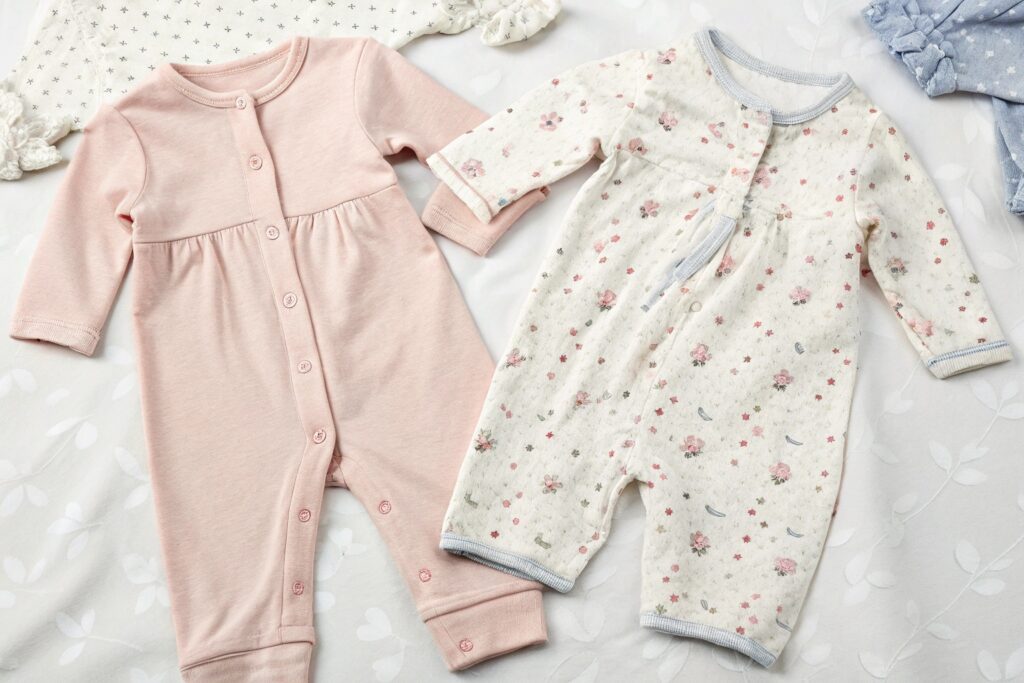
What durability means in babywear:
| Durability Factor | Why It’s Crucial for Babywear |
|---|---|
| Reinforced seams | Prevents tearing during movement |
| High-quality snaps/zippers | Withstands frequent diaper changes |
| Shrink-resistant fabric | Maintains shape after washing |
| Colorfast materials | Holds up to drool, milk, and detergent |
| Fabric softness retention | Comfort stays consistent over time |
Fast fashion often skips these details to reduce cost—leading to early wear and tear.
Parents, on the other hand, want clothes that can survive being washed two to three times per week—and still look and feel good.
How Fast Fashion Overlooks Babywear Safety Standards?
Speed and cost-cutting in fast fashion often mean skipping vital checks—and in babywear, that can be dangerous.
Fast fashion brands sometimes fail to follow critical safety standards like snap strength, chemical testing, and flammability compliance—putting babies at risk.
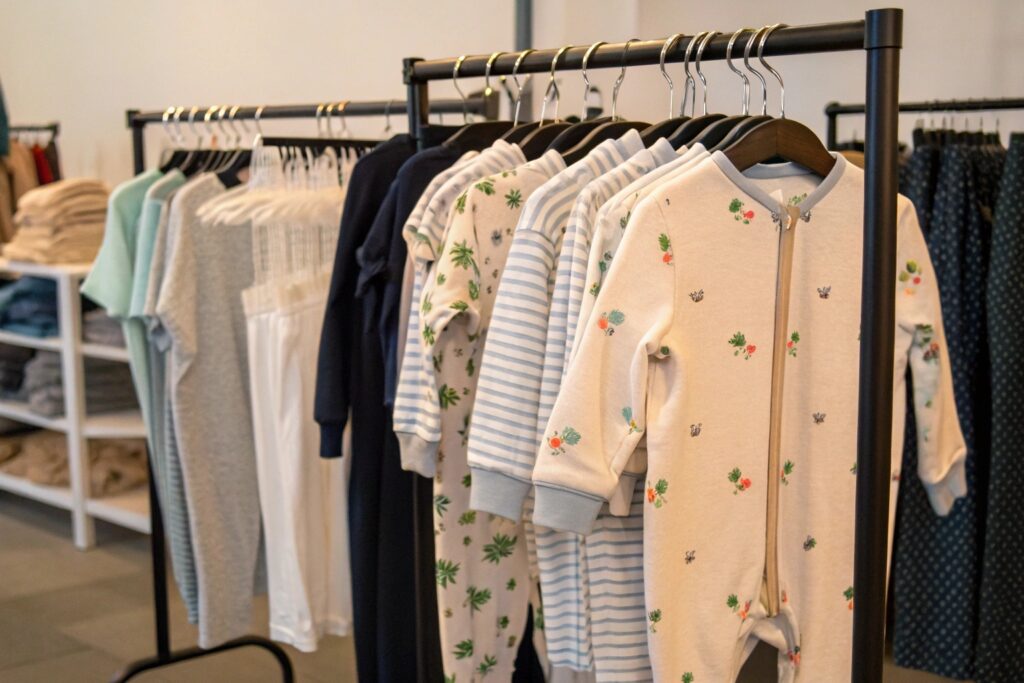
Common fast fashion oversights:
| Safety Standard | Risk When Ignored |
|---|---|
| OEKO-TEX® or GOTS certification | May contain skin-irritating chemicals |
| Snap pull testing | Loose snaps can become choking hazards |
| Proper labeling (CPSIA) | Missing care or tracking labels required by law |
| Flat seams in sensitive areas | Poor construction can cause rash |
| Flame resistance in sleepwear | Can lead to safety violations |
Brands that rush babywear production without lab testing or expert grading can cause skin issues, allergic reactions, or worse.
Responsible babywear manufacturers—like Fumao—run pH, shrinkage, and hardware safety tests before bulk production.
What Parents Want Instead of Disposable Baby Outfits?
Babywear isn’t just about looks—it’s about function, feel, and trust. Parents want more than fast fashion can offer.
Parents today want baby clothes that are soft, safe, long-lasting, and designed for real life—not just cute photos.
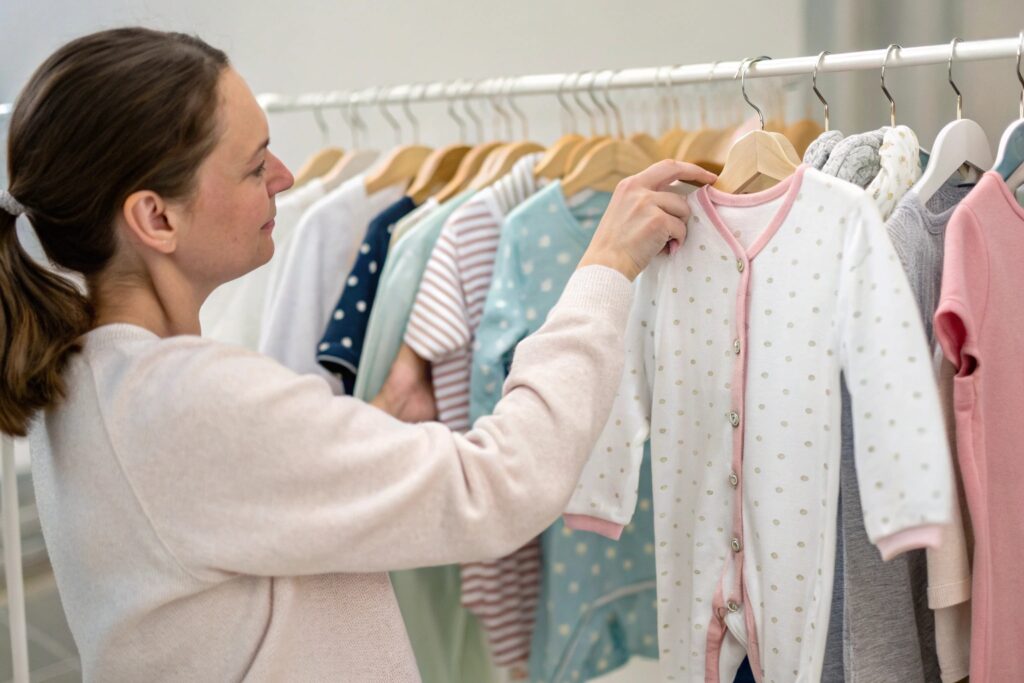
What modern parents prioritize:
| Feature Parents Value | Why It Matters |
|---|---|
| Skin-safe fabrics | Babies have delicate, absorbent skin |
| Stretch for growth | Maximizes wear time between sizes |
| Machine-washable | Saves time and keeps items looking fresh |
| Functional designs | Quick changes, easy dressing |
| Timeless styles | Useful for siblings or resale |
Fast fashion babywear often skips these features—delivering clothes that are cute but not practical or comfortable.
Brands that focus on quality and comfort—while keeping prices fair—see stronger word-of-mouth and lower return rates.
The Environmental Cost of Cheap Babywear Production?
Fast fashion is one of the world’s biggest polluters—and babywear is no exception when produced without care.
Cheap babywear often comes at a high environmental cost: water-intensive cotton, synthetic blends, textile waste, and carbon-heavy shipping.
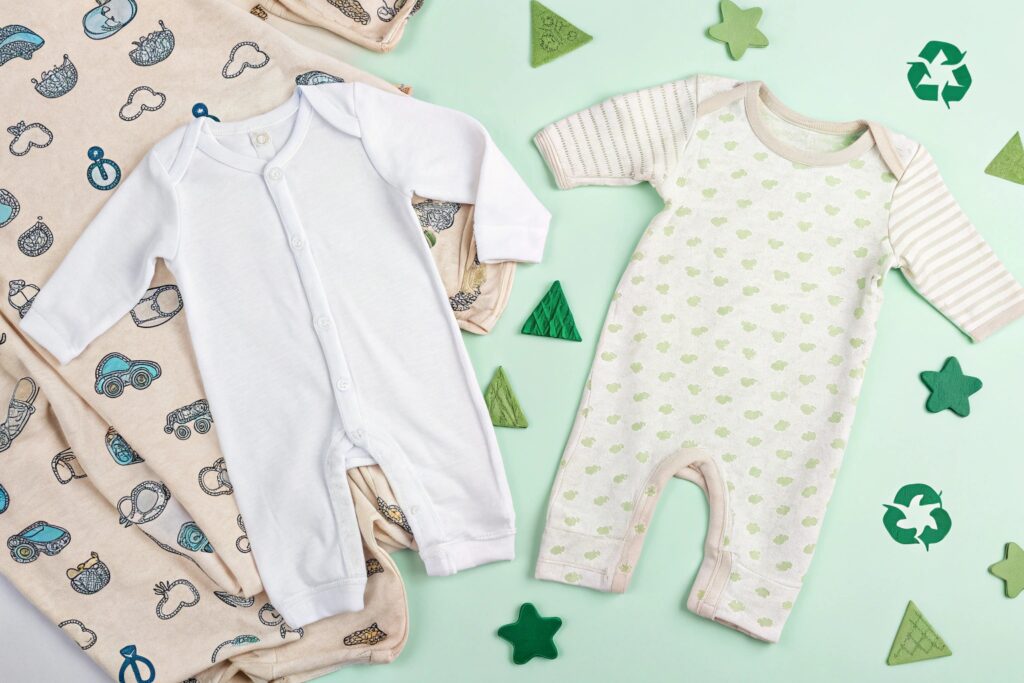
Hidden environmental impacts:
| Impact Area | Fast Fashion Effect |
|---|---|
| Fabric sourcing | Cheap cotton may be pesticide-heavy |
| Production waste | Excess stock often burned or landfilled |
| Short garment lifespan | Clothes outgrown after 1–2 uses |
| Low recycling potential | Mixed fibers and poor construction |
| Global shipping | Increases carbon footprint dramatically |
Parents concerned about the planet are choosing fewer, higher-quality garments—often made from GOTS-certified cotton or recycled materials.
Sustainable babywear brands that offer quality over quantity are gaining loyal followings from eco-conscious families.
Conclusion
Fast fashion’s focus on trends and low prices doesn’t align with what babywear really needs: safety, softness, durability, and ethics. By choosing quality-first design and responsible production, babywear brands can meet real parent needs—and build a longer-lasting business.

